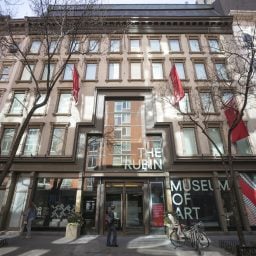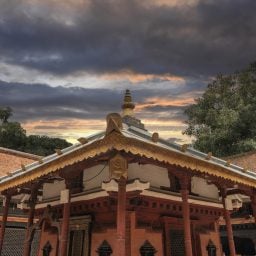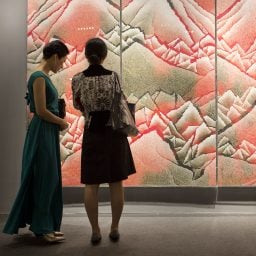The Rubin Museum of Art in New York will repatriate two centuries-old artifacts to Nepal after research by an advocacy group revealed that the objects were unlawfully removed from religious sites in the Asian country.
At a small ceremony held at the museum this week, Rubin executive director Jorrit Britschgi signed a memorandum of understanding with Nepal’s acting consul general, Bishnu Prasad Gautam, agreeing to return the artifacts. The Rubin—a museum dedicated to the art of the Himalayan region founded by collectors Donald and Shelley Rubin—will assume the cost of transporting the objects, a process that is expected to be completed by May of this year, a spokesperson confirmed.
“The proactive and warm response and thoughtful collaboration from the Rubin have positively contributed to Nepal’s national efforts to recover and reinstate the lost artifacts,” Gautam said in a statement.
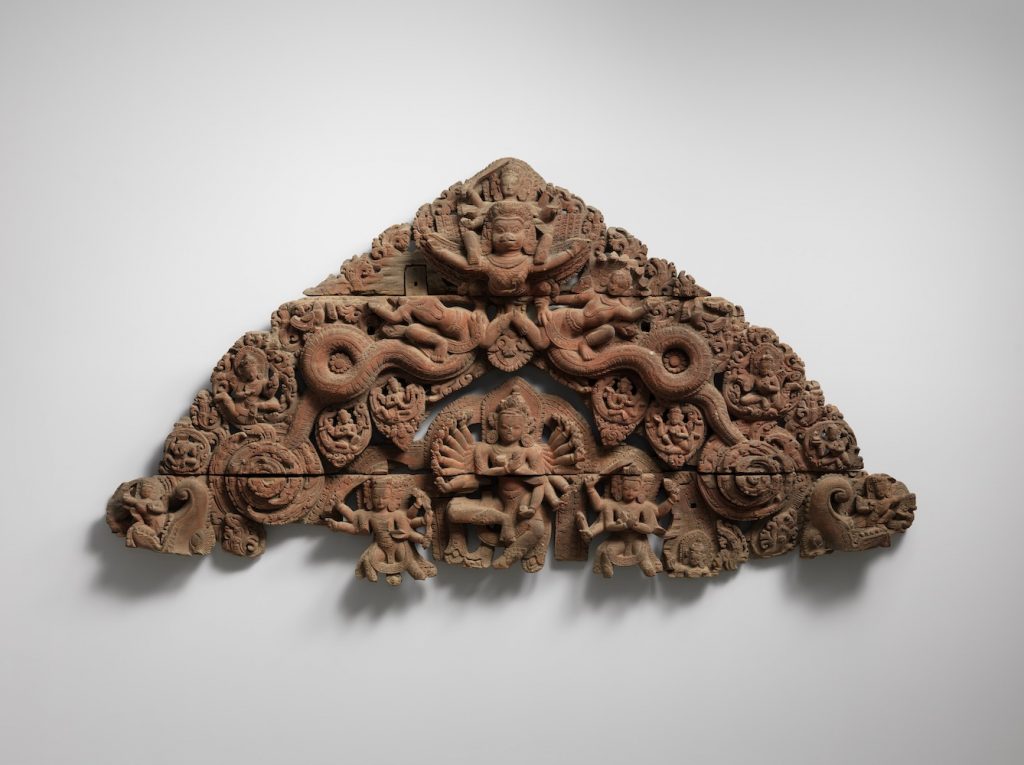
Upper Section of a Frieze / Torana, Nepal, 17th century. Courtesy of the Rubin Museum of Art.
Last fall, a nonprofit called the Nepal Heritage Recovery Campaign alerted the institution that the carved wooden relics, fragments of a 17th-century arched gateway and a 14th-century window ornament, might have been stolen, according to the New York Times, which first reported the news. The group also posted about their concerns on Twitter. An independent investigation into the provenance of the objects conducted by the museum confirmed the nonprofit’s assertions.
The gateway, called a torana, was taken from the Yampi Mahavihara temple complex in what is today Lalitpur. It was purchased by the trust of Donald and Shelley Rubin via private sale in 2010. The window ornament, which depicts an Apsara, or a female spirit in Hindu and Buddhist cultures, was removed from the Itum Bahal monastery of Kathmandu in 1999. Similarly acquired through private sale, it entered the museum’s collection in 2003.
The museum declined to name the dealers from which the trust bought the artifacts and did not specify whether its investigation revealed who smuggled them out of Nepal. It’s the first time in the institution’s 17-year history that an object was proven to be illegally obtained from its country of origin.
“As custodians of the art in our collection, the Rubin recognizes that we have an ongoing duty to carefully research the art and objects we collect and exhibit,” Britschgi said in the statement. “The Rubin’s collecting activities adhere to the highest standards of ethical and professional practice related to provenance.”
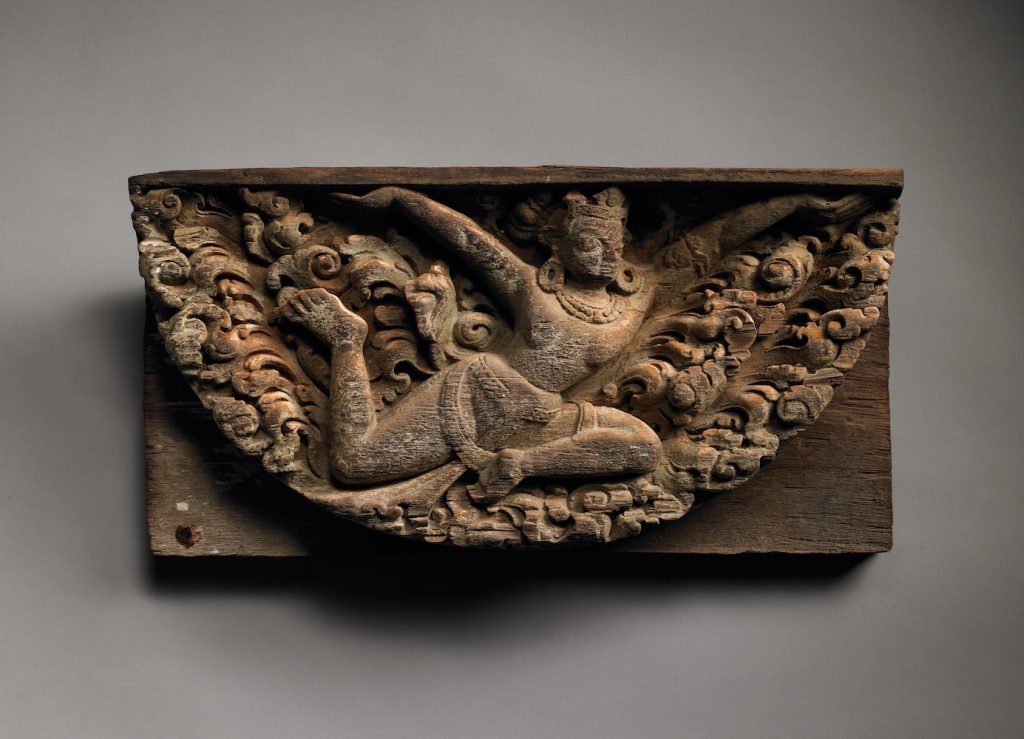
A garland bearing Apsara, Nepal, Kathmandu Valley, 14th century. Courtesy of the Rubin Museum of Art.
“We believe it is our responsibility to address and resolve issues of cultural property, including helping to facilitate the return of the two objects in question,” the executive director continued.
The nonprofit that first called attention to the artifacts, the Nepal Heritage Recovery Campaign, has flagged more than half a dozen relics in public collections that were eventually returned, including from the Metropolitan Museum of Art and the Dallas Museum of Art.
The two Rubin artifacts will be returned to the Department of Archaeology in Nepal, which will in turn determine their final location. “The Rubin Museum hopes that the objects will ultimately return to their original sites pending the Department of Archaeology’s condition evaluation of the locations,” Britschgi said.
![Nepal’s acting consul general, Bishnu Prasad Gautam [L], with Rubin executive director Jorrit Britschgi [R] at the Rubin Museum of Art this week. Nepal’s acting consul general, Bishnu Prasad Gautam [L], with Rubin executive director Jorrit Britschgi [R] at the Rubin Museum of Art this week.](https://news.artnet.com/app/news-upload/2022/01/Signing-scaled-1024x683.jpeg)




